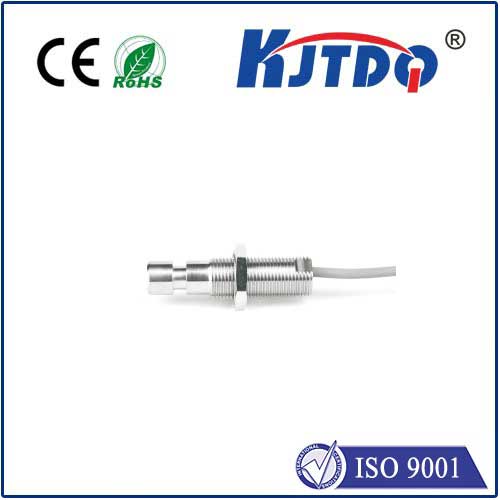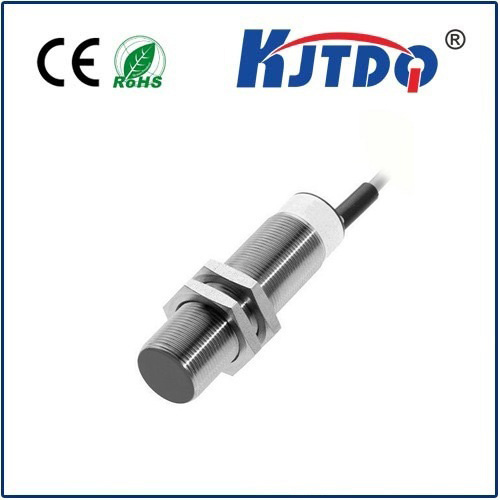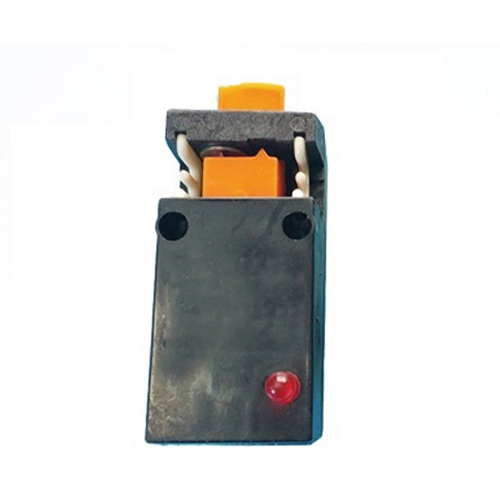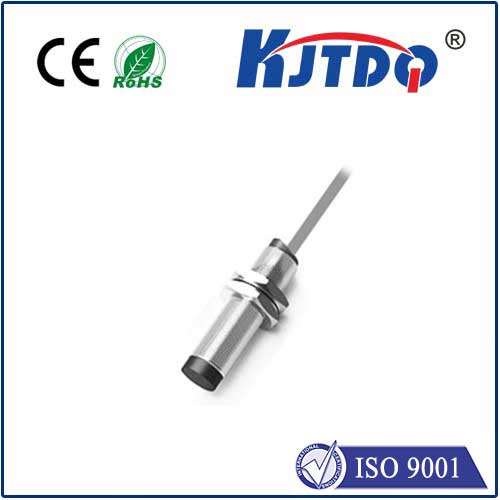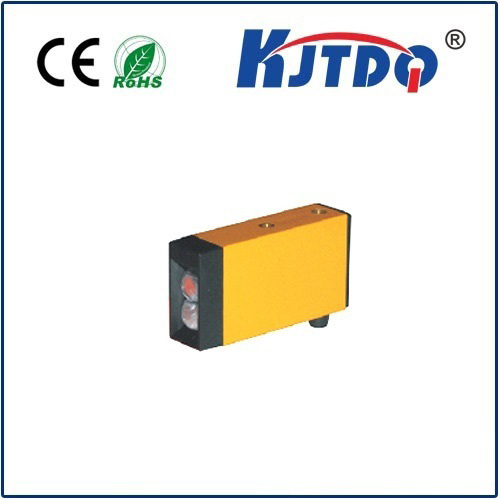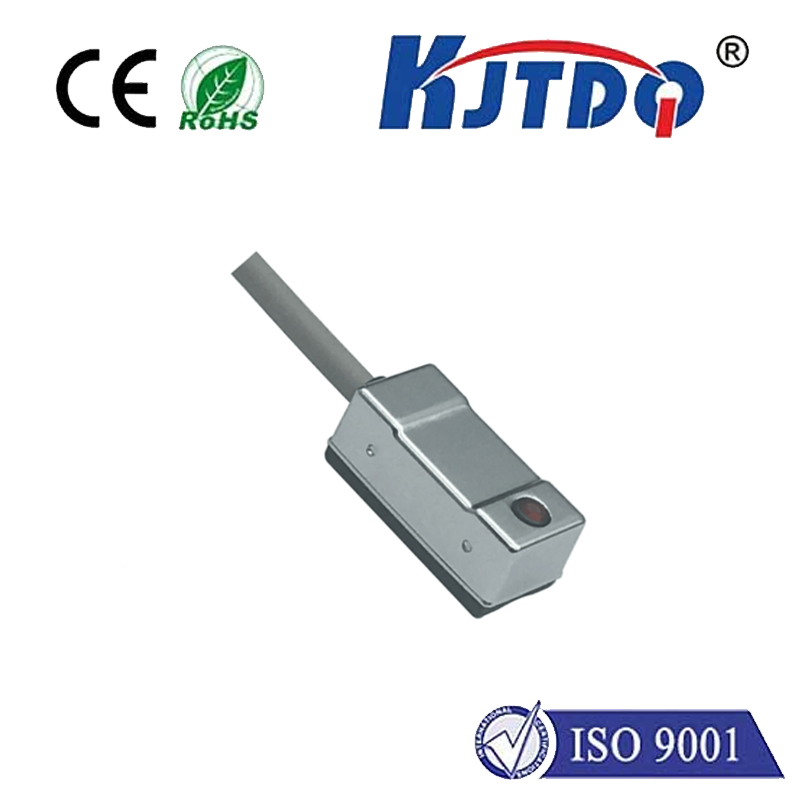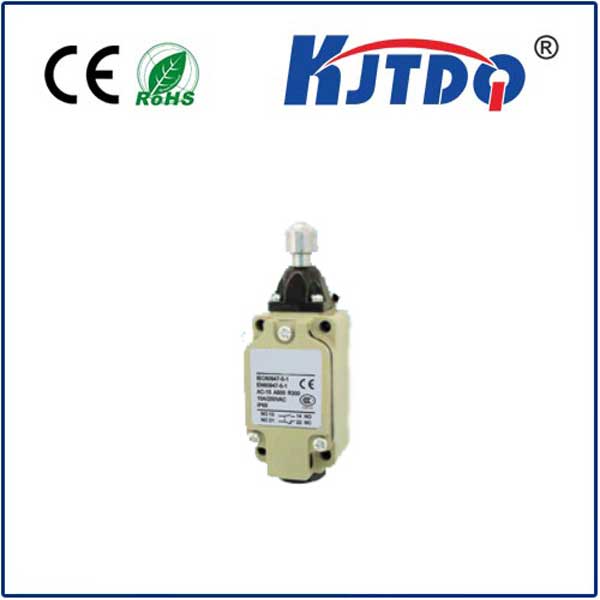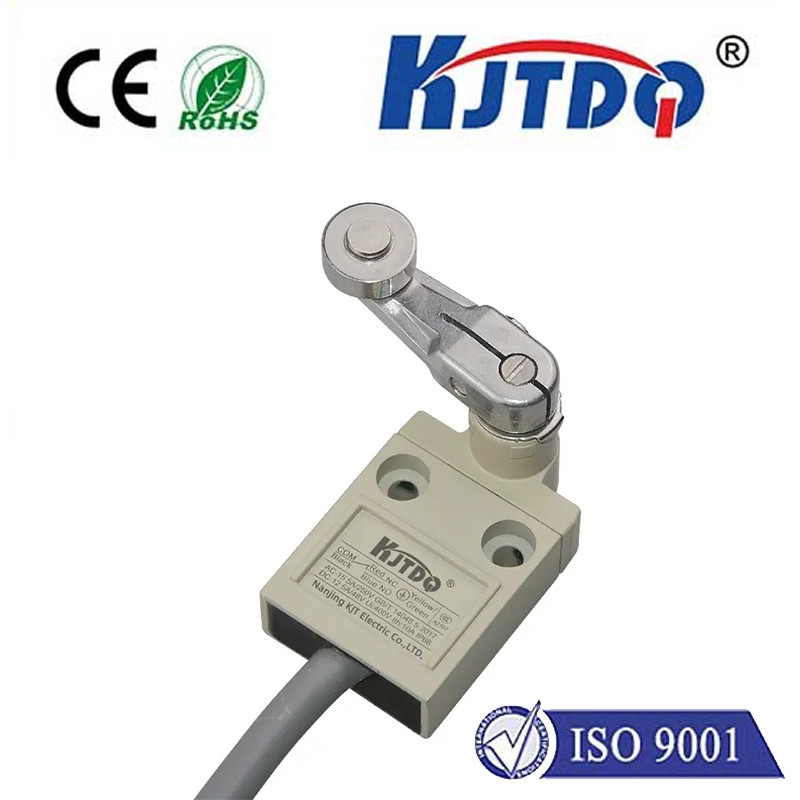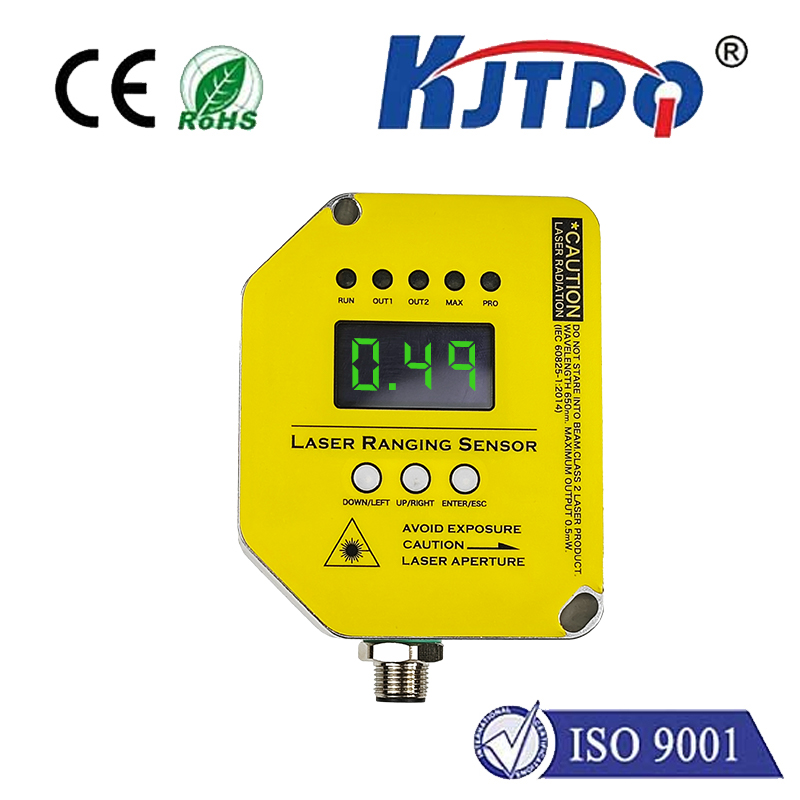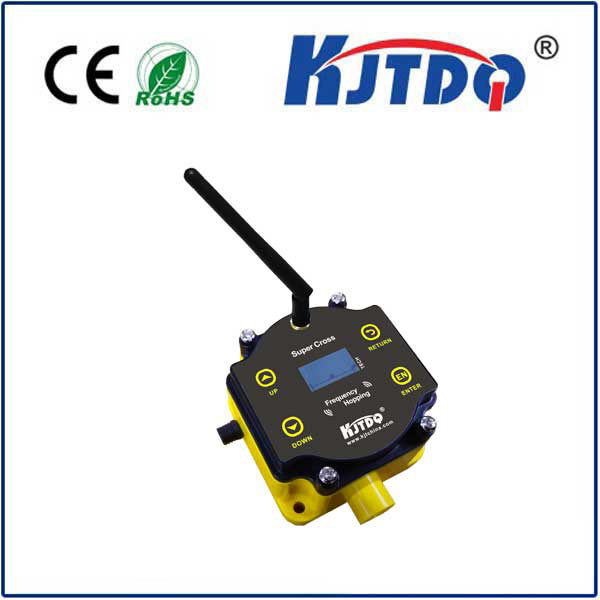reflective photosensor
- time:2025-07-24 04:10:10
- Click:0
The Unsung Automation Hero: How Reflective Photosensors Shape Our World
We’ve all experienced it: automatic doors sliding open as we approach, a printer sensing when paper runs out, or a robot arm knowing exactly where an object is on a conveyor belt. This seemingly effortless automation often relies on a workhorse technology: the reflective photosensor. Far from just a simple component, these devices are fundamental building blocks for countless detection and positioning tasks across industries, offering a blend of simplicity, reliability, and cost-effectiveness that’s hard to match.
Demystifying the Core: What is a Reflective Photosensor?
At its heart, a reflective photosensor is a compact, self-contained optoelectronic device. It cleverly integrates an emitter (typically an infrared LED - Infrared Light-Emitting Diode) and a detector (usually a phototransistor or photodiode) within a single housing. Unlike through-beam sensors requiring separate emitter and receiver units on opposite sides, the reflective photosensor operates by bouncing light off a target, hence its name.
Here’s the ingenious principle:

- The Emitter Shines: The internal infrared LED emits an invisible beam of light.
- Reflection is Key: This light travels outward, striking a surface or object within its detection zone.
- The Detector Watches: The integrated photodetector continuously monitors for the return of this light signal.
- Signal Interpretation: The presence or absence of the reflected light, and often its intensity, triggers the sensor’s output. When an object is present and reflects sufficient light back to the detector, the output state changes (e.g., from “off” to “on,” or vice versa, depending on the sensor’s logic). Conversely, if the light beam is absorbed, scattered away, or blocked, the output reflects the absence of detection.
This elegant closed-loop system within one package is a significant advantage.
Why Reflective Photosensors Reign Supreme: Key Advantages
Their widespread adoption stems from several compelling benefits:
- Simplified Installation & Alignment: This is arguably the biggest advantage. Eliminating the need to mount and perfectly align two separate units across a space drastically reduces installation time, complexity, and cost. One sensor does the job where two were previously needed. Maintenance is also simplified.
- Cost-Effectiveness: Combining emitter and detector into one unit inherently reduces component count and manufacturing complexity, making reflective photosensors generally more affordable than comparable through-beam setups, especially when factoring in installation labor.
- Compact Size: All-in-one design means a smaller footprint, making them ideal for applications where space is limited – think inside consumer electronics, compact machinery, or medical devices.
- Durability and Reliability: With fewer external connections and a sealed housing protecting the electronics, reflective photosensors are often highly resistant to dust, moisture (splash-proof variants exist), and vibration compared to more complex sensing types. Their solid-state nature contributes to long operational life.
- Fast Response Time: Modern photodetectors react incredibly quickly to changes in light intensity, enabling these sensors to detect high-speed events or rapidly moving objects effectively.
Navigating the Limitations: Considerations for Optimal Use
While powerful, reflective photosensors aren’t universal solutions. Understanding their boundaries ensures successful implementation:
- Target Reflectivity Dependency: Performance is intrinsically linked to the reflectivity of the target object. Highly reflective surfaces (white paper, metal) bounce light back efficiently, maximizing detection range and signal strength. Low-reflectivity targets (black rubber, dark fabrics, matte finishes) absorb more light, reducing range or potentially causing missed detections. Understanding your target’s properties is crucial.
- Background Interference: Stray ambient light (like bright sunlight or powerful lamps) hitting the detector can mimic the reflected beam, causing false triggers. Similarly, highly reflective surfaces in the background behind the target object can reflect the emitter’s light back, potentially causing the sensor to detect the background instead of the intended target if configured incorrectly. Proper housing design, modulation techniques (pulsing the IR light), optical filters, and careful aiming mitigate this.
- Detection Range: Compared to long-range through-beam sensors, the practical detection distance of most reflective photosensors is moderate, typically ranging from a few millimeters up to several centimeters, sometimes extending to a meter or more for specialized long-range models with high-power emitters. The range is significantly influenced by target reflectivity and ambient light levels.
- Surface Characteristics: The angle and texture of the target surface can impact the amount of light reflected directly back to the detector. Irregular or angled surfaces might scatter light away, reducing signal strength.
Illuminating Diverse Applications: Where Reflective Photosensors Shine
These versatile sensors find ubiquitous use wherever reliable, non-contact detection of presence, absence, position, or contrast is needed:
- Consumer Electronics & Office Equipment:
- Paper Detection: Printers (paper out/jam, tray presence), copiers, ATMs.
- Media Handling: Disc drives (disc insertion, position).
- Position Sensing: Automatic paper feeders, scanner carriages.
- Object Detection: Vending machines (product dispensing verification), appliance doors.
- Industrial Automation & Manufacturing:
- Object Counting: Items on conveyors, bottles on filling lines.
- Position Verification: Ensuring parts are correctly placed before a process step.
- End-of-Travel Detection: Limiting the movement of robotic arms, slides, or gates.
- Level Sensing: Detecting the presence of material in bins or hoppers (when looking down onto the surface).
- Jam Detection: Identifying blockages in material handling systems.
- Robotics:
- Obstacle Avoidance: Short-range detection on mobile robots.
- Line Following: Detecting contrasting lines on the floor.
- Gripper/Object Presence: Confirming an object is grasped.
- Automotive:
- Sun Visor Position: Automatic dimming mirrors detecting glare.
- Rain Sensing: Some systems use reflective principles for rain detection on windshields.
- Seat Occupancy Sensors: Integrated into seatbelt reminder systems.
- Gear Position: Auxiliary sensing within gearboxes or shifters.
- Security & Access Control:
- Tape Breaks: Detecting the interruption of retroreflective tape (often used with specialized sensors) on windows or doors.
- Object Presence: Detecting unauthorized access points or tampering.
- Medical Devices:
- Fluid Level Detection: In IV bags or reservoirs.
- Component Positioning: Within analyzers or diagnostic equipment.
- Cassette/Cartridge Detection: Ensuring proper loading of consumables.
Selecting the Right Tool: Key Factors
Choosing the ideal reflective photosensor involves careful consideration:
- Detection Range: Match the required operating distance. Don’t over-specify unnecessarily.
- Target Properties: Crucially, consider the size, color, and material of the objects you need to detect. Low-reflectivity targets demand sensors with higher sensitivity or shorter operating distances.
- Operating Environment: Factor in ambient light levels, temperature extremes, potential for dust, moisture, oils, or chemicals. Select sensors with appropriate IP ratings and environmental specifications.
- Output Type: Choose between Digital (On/Off - NPN/PNP transistor outputs) or Analog (output proportional to reflected light intensity) based on the application’s needs. Most are digital.
- Housing & Optics: The shape, size, and mounting style impact ease of installation. Lens












